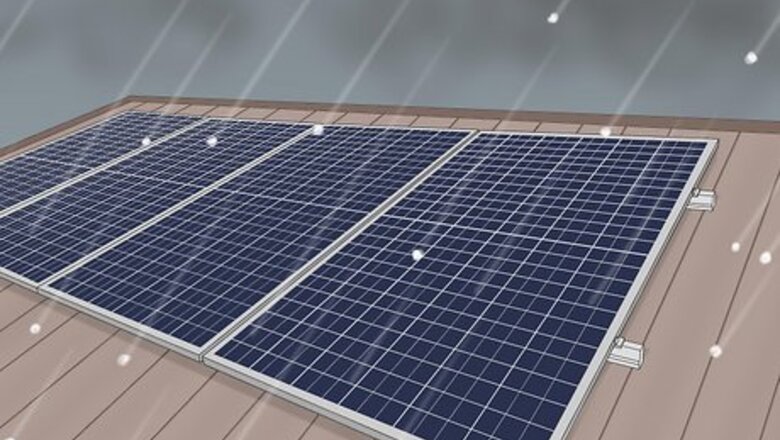
views
- Many solar panels are designed to be durable against hail.
- Your solar panels may be insured for hail damage by your homeowners insurance.
- Install a protective cover on your solar panels to guard them against incoming hail storms.
- Make sure to follow all safety guidelines provided by the solar panel installer and the manufacturer.
Can Hail Damage Solar Panels?

Hail can damage solar panels. However, many solar panels are designed for durability against extreme weather. There are also standardized industry quality tests that check whether solar panels can endure harsh conditions like hail.
Is Solar Panel Damage Covered by Insurance or Warranty?

Hail damage to your solar panels might be covered by insurance or warranty. Check your policies to see if you’re covered. You can call a representative if your policy doesn’t mention hail damage. Your homeowners insurance may cover solar panels. Check with your insurance company to find out if your solar panels are covered by your policy. You might need to add additional insurance to cover your solar panels. In the event that your solar panels are damaged, check your warranty to see if the damage is covered. You might have a warranty with your installer, the manufacturer, or both.
Choose a Durable Solar Panel

Research a few different solar panel installers. If you don’t already have solar panels, make sure to install them through a qualified professional who uses high-quality solar panels. The North American Board of Certified Energy Practitioners (NABCEP) awards certifications to solar panel professionals. Check for NABCEP certification when looking for a solar panel installer. Read through reviews of the solar panel models your selected installers are offering. You can get a sense of a solar panel brand’s reliability by looking at other solar panel owners’ experiences. Take a look at wikiHow’s guides for solar powering your home and choosing a solar panel for more information about installing solar panels.
Monitor the Weather
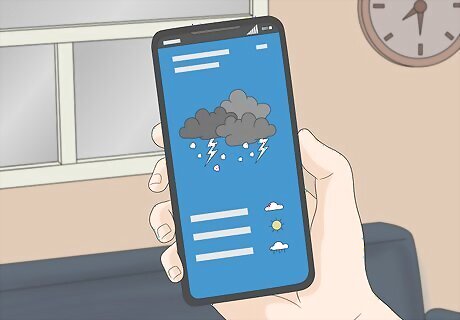
Check the weather forecast regularly to know when a hail storm is coming to your area. There are a few different ways to keep track of the weather: Read or watch the local news for your area. The news will often report on extreme weather in the region. Check online for National Weather Service public weather alerts in your area. Download a weather app that offers notifications for upcoming storm systems. Learn about weather maps to track potential storms.
Install a Protective Cover

Install a protective cover on your solar panel. If your solar panels are easily accessible (such as ground-mounted solar panels), you can place the cover over your solar panel before storms. Check with your solar panel installer to see if there is a cover designed for your panels.
Cover with a Tarp or Blanket
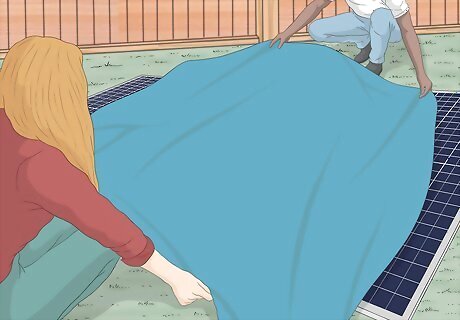
Use a tarp or blanket to cover your panels. This may mainly be useful against scratches and smaller hail. Look for polyethylene weather-resistant tarps. A heavy-duty tarp will provide more protection against the storm. If you’re using a blanket, aim for a thick and durable option. You can fold the blanket to increase the thickness as needed.
Cover with a Tent
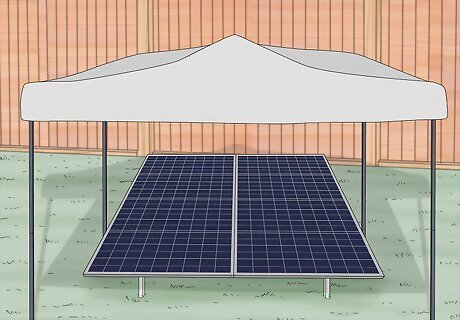
Place a canopy tent over the panels. This option is good for medium-sized solar panels. Choose a canopy tent made of durable fabric to better protect against the hail. Since the sides of a canopy tent are open, this option is ideal for hail storms with little wind and hail that falls straight down. Make sure to secure the legs of the canopy tent to the ground with stakes or weights.
Cover with a Box
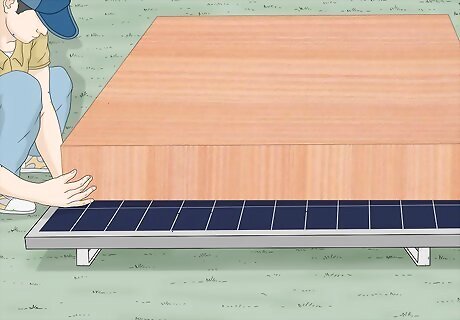
Cover your panels with a box. This would work well for small solar panels. Select a sturdy box to place over your solar panels. A thick wood or plastic box would be resilient against the hail. A box might not work well in strong wind conditions, as the box might be blown off the panel by the storm.
Bring the Panels Indoors

Bring your panels indoors. This method is ideal for small, movable solar panels. You can set up a dedicated spot for your panels in your house or garage. This would be especially useful if you’re in a location that experiences hail storms often.
Check Your Solar Panels
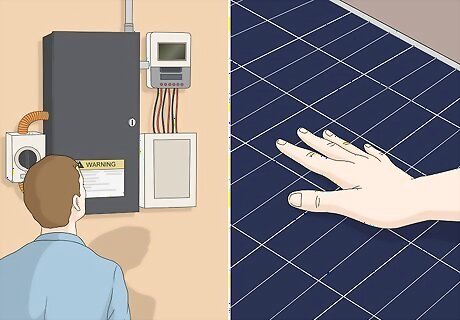
Regular checkups for your solar panels can help catch any issues after a hail storm. There are a couple steps you can take to assess your solar panels for damage. Monitor the energy production from your solar panels. If you notice that the energy production is unusually low, there might be an issue with your solar panels. If you have safe, easy access to your solar panels, visually inspect them for any damage.
Maintain Your Solar Panels
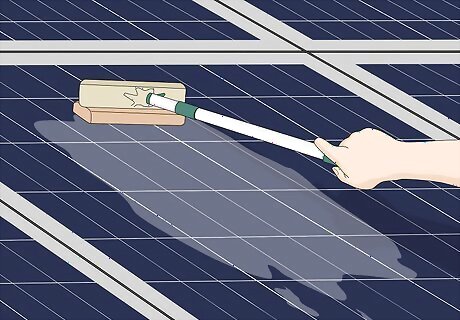
Have a professional maintain your solar panels. Your solar panel installer may provide this service or be able to recommend someone to you. You can hire a professional to clean and inspect your solar panels. If you suspect that your solar panels were damaged, they’ll be able to check for any issues with your solar panels following a hail storm.
















Comments
0 comment